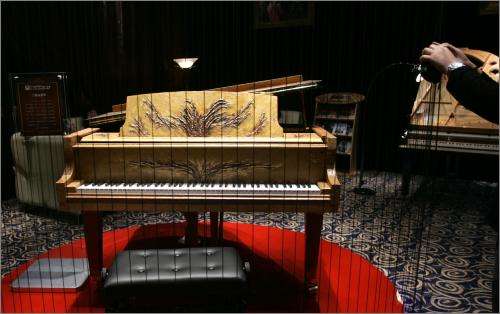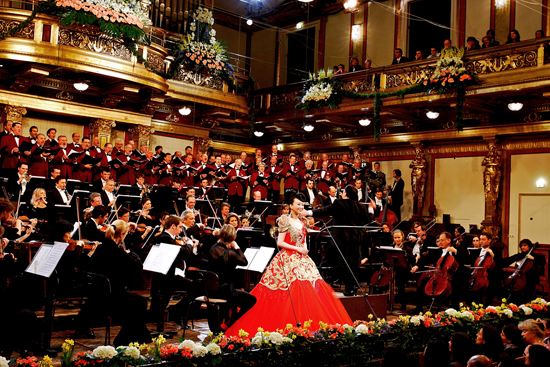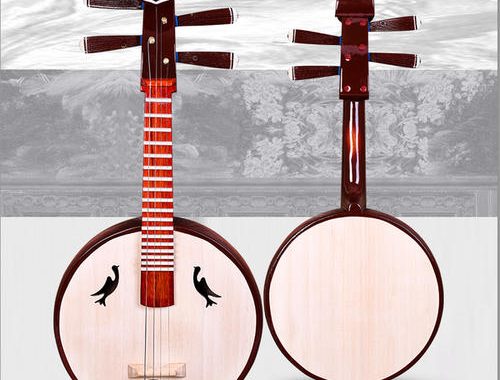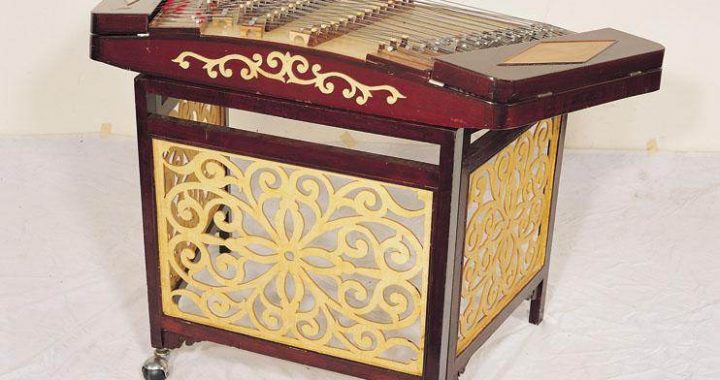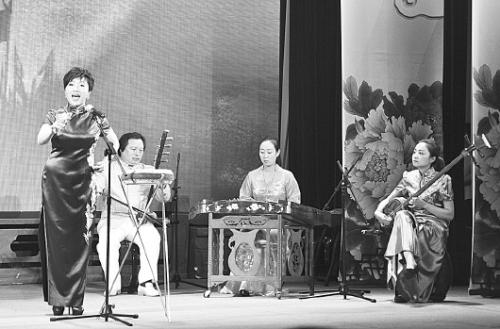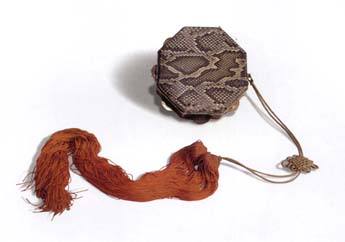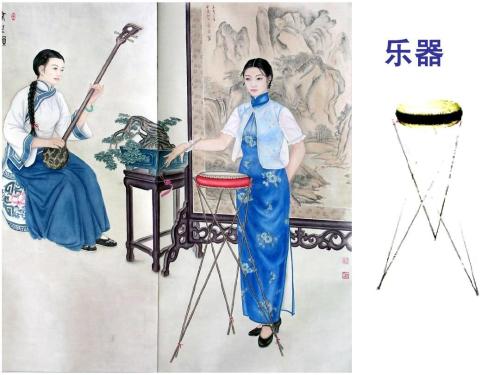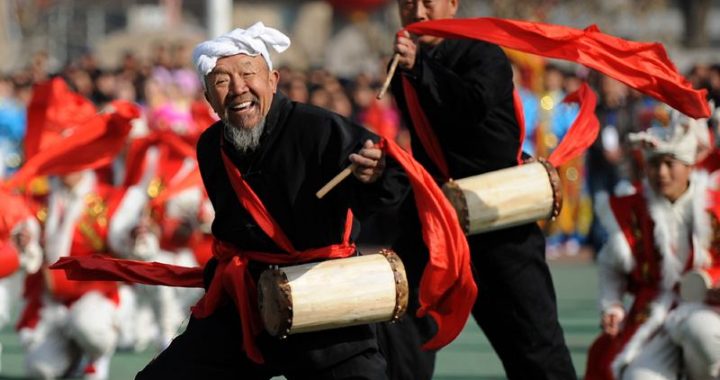Guanzi (reed horns)
2 min readLiu Kun (271-318 AD) was a great general and musician of the Western Jin Dynasty (26 5-316 AD). He was especially proficient on a reed instrument known as the hujia. On one occasion, Liu Kun’s forces were sur-rounded by the enemy and in great extremity. During the silent depths of the night, Liu Kun started play-ing a melody full of homesickness and yearning on his hujia. His music was so moving that the enemy was completely disheartened. By daybreak, fully half of the opposing forces had broken ranks and departed,and Liu Kun was able to break the encirclement without ever engaging the enemy. The hujia played by Liu Kun is also known as thejiaguan or bili (sad oboe), and is the precursor of today’s guanzi (reed horn). The guanzi comes in large and small versions, and may be from 18 to 24 centimeters long. It is made of wood or bamboo, with eight or nine fingering holes. The large guanzi has a deep and haunting tone, and is often used to express deep emotion. The small guanzi, on the other hand, is loud and bright, good for playing lively and upbeat tunes.
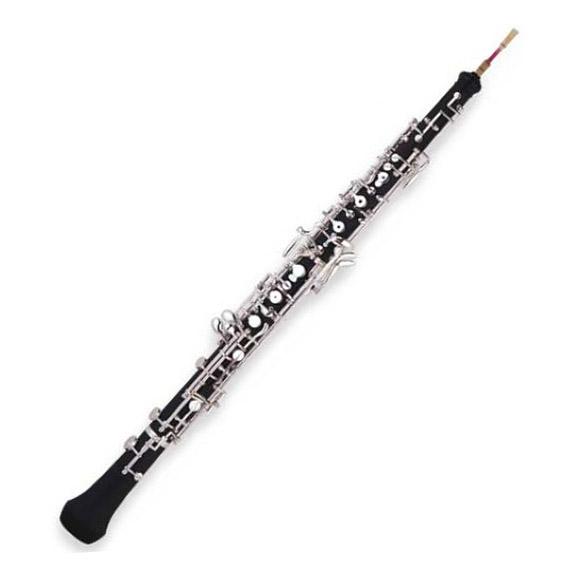
Suona (double-reed horn)
The suona (double-reed horn) is a popular Chinese reed instrurnent. The suona may have originated in ancient Mesopotamia, in the Middle East’s Fertile Crescent. The suona was introduced to China during the Western and Eastern Jin period (265-420 AD), gradually becoming popular both in the palaces of the no-bility and among the people. Today, the suona is widely used in instrurnental folk ensembles. It has a range of two octaves and a wide range of playing techniques, and is particularly good for creating a celebratory mood. The suona has both solo and ensemble applications. It is widely used to accompany regional song and dance entertainments and traditional opera, as well as in traditional folk celebrations such as wed-dings, funerals, and festivals.
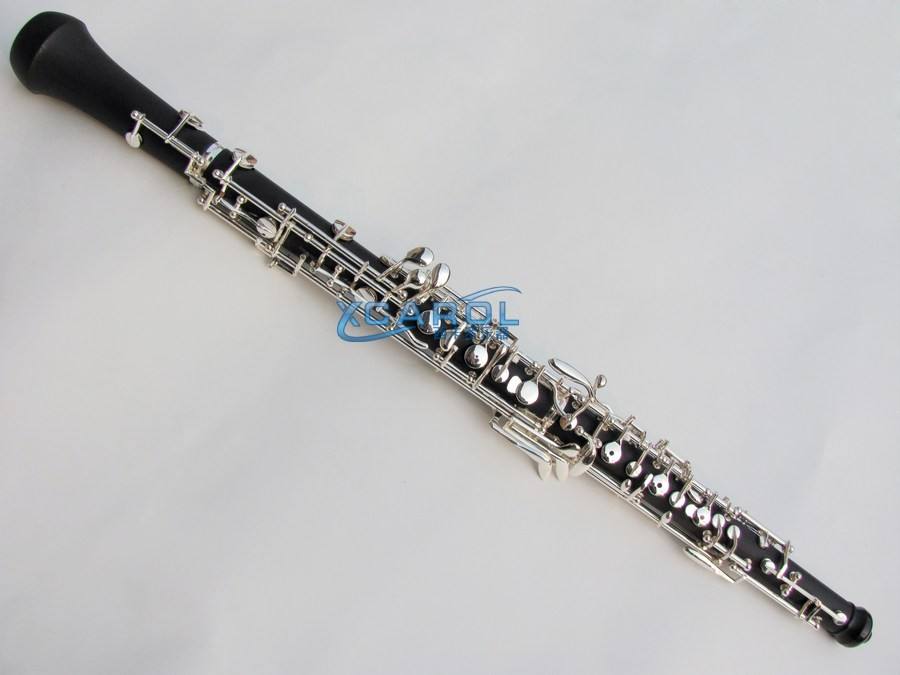
The Chinese character sheng (reed pipes) is composed of two components: sheng (life or procre-ation) and “T” Zhu (bamboo). Legend has it that this instrument was invented by Nüwa, the ancient Chinese goddess of procreation. The name of the sheng therefore symbolizes both the growth of humanity over the generations, and the bamboo from which it is constructed. The modern sheng is a multi-pipe wind instrument. The 14-pipe and 17-pipe sheng are the most popular varieties, and may be from 48 to 80 centimeters long. The sheng is capable of producing four-note, five-note, and eight-note chords, which are characteristic of traditional Chinese harmonies. The sheng is commonly used in instrumental folk en-sembles of the Han ethnic group, and to accompany various forms of regional opera. It has a wide range of playing techniques, as well as an extensive repertoire of traditional material.
